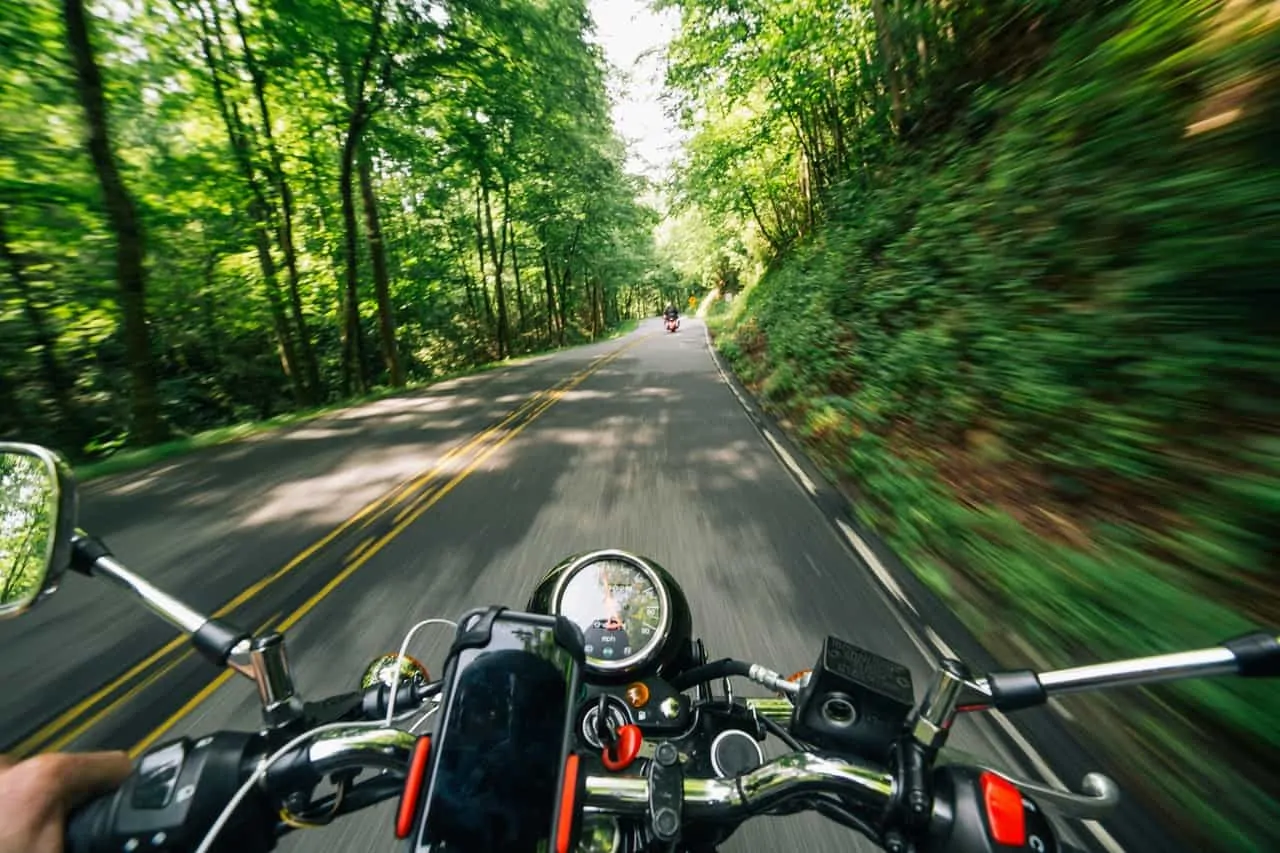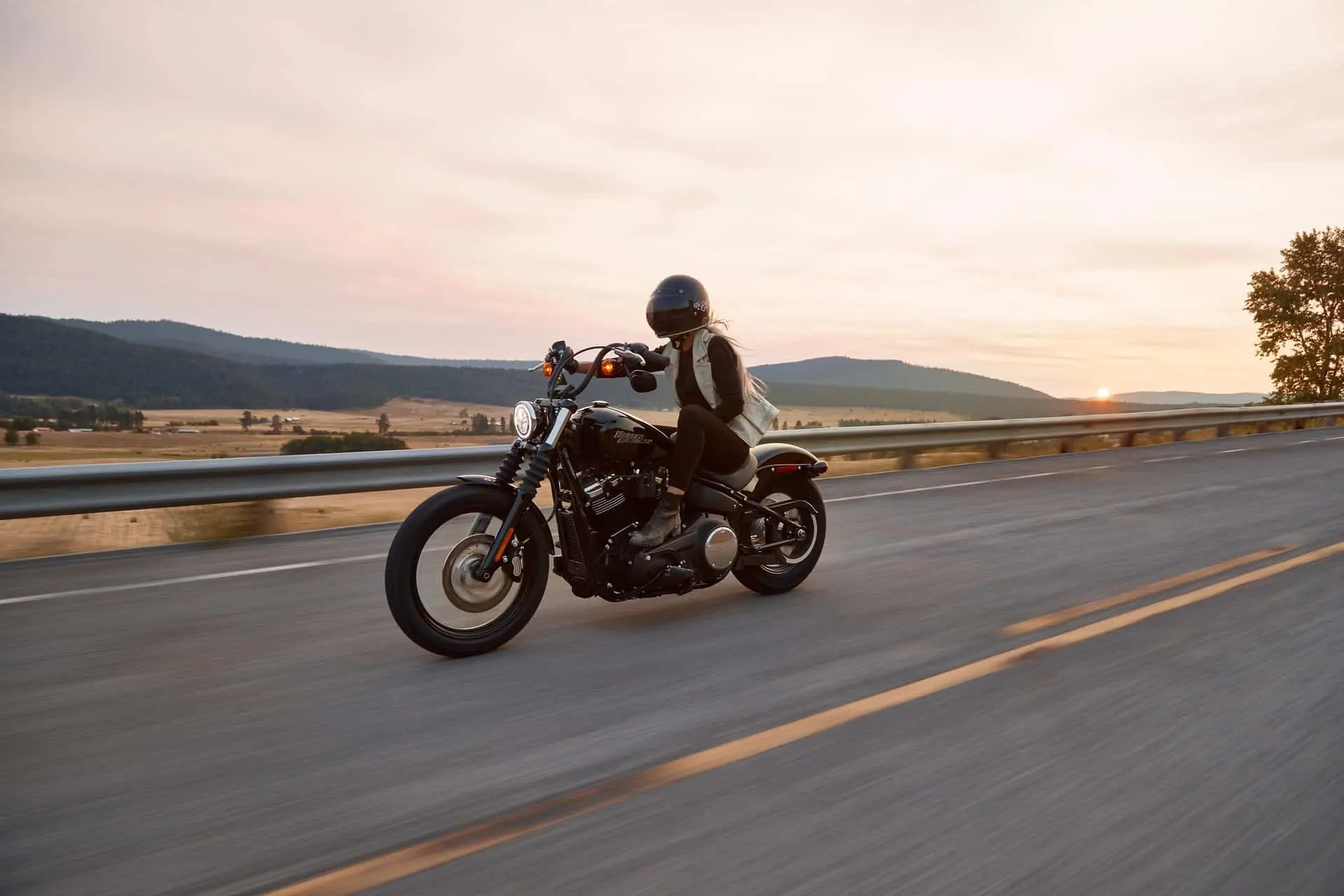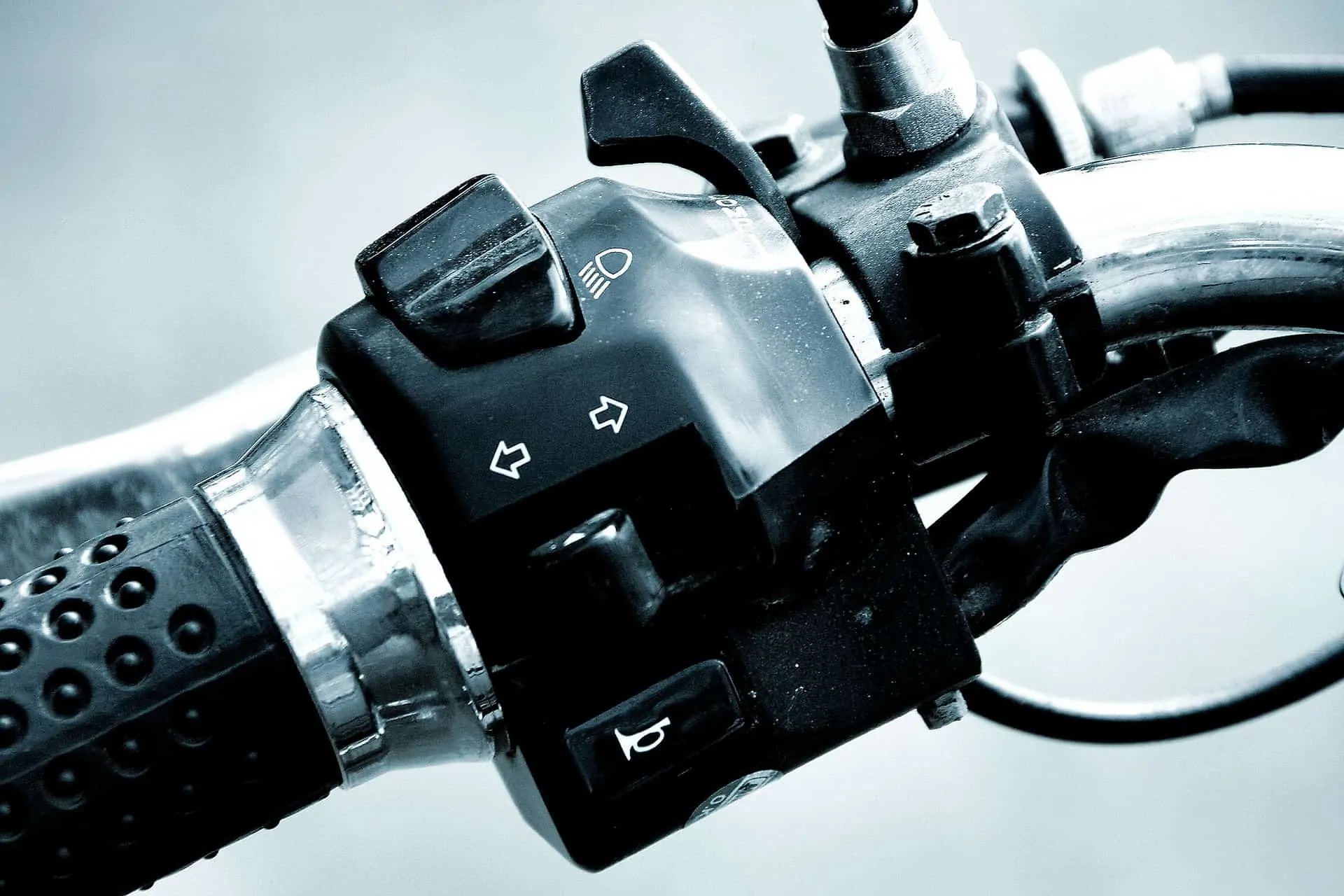Learning how to shift gears on a motorcycle is an essential skill for beginner riders. The way you shift between gears will depend on your motorcycle, particularly if it has a manual transmission, a semi-automatic transmission, or an automatic transmission.
Shifting gears without using the clutch is known as upshifting or power shifting. Downshifting is not advisable as it will damage your motorcycle. Upshifting is possible by preloading the shifter and then quickly rolling off the throttle. The quick transition will cut off the fuel supply. This makes the gears shift to the higher level.
This technique requires consistent practice and your full focus. It is a handy technique to help riders save time in shifting between gears, so it is primarily useful for racing.
How To Do Clutch-less Upshifting
Timing is a crucial element in performing clutchless upshifting. You will also need to practice consistently so as to get the hang of it.
The primary principle is to eliminate the load on the transmission so that you can shift gears. You need to transfer the load to the gear sprockets. When you need to upshift, place your tow below the shifter lever and then apply some pressure to take the slack out. Immediately follow this with a quick twist of the throttle, which takes off the pressure from the gear sprockets. This allows the motorcycle to turn to the next gears.
After you are done, you can gently let go of the throttle until the motorcycle goes back to normal settings.

Additional Tips and Reminders
You also remember that all of the aforementioned steps will occur in just a second. It is very fast so you will need a lot of practice. Consistent practice will allow you to perform the steps seamlessly. You will be familiar with the exact time to lift the lever to shift gears.
This shifting technique also works best when you need to shift to any gear that is higher than the second gear. You can go from first to second, second to third, and so on. This is not advisable for shifting from second to first or “downshifting.”
Downshifting is so much more difficult to master than upshifting. Downshifting inflicts a lot of stress and tension on the motorcycle ignition. It can lead to serious damages to your motorcycle ignition. You should do it sparingly and only in cases of emergencies.
Clutchless shifting is also another handy trick for anyone because it allows you to shift gears without a clutch. You can get stranded somewhere with a broken clutch cable. This will help you shift gears and kick your motorcycle into action so that you can resume driving to your destination.
What About A Quick Shifter?
Clutchless upshifting requires a lot of practice. If you are a beginner, you might want to try a quick shifter. This is also great for saving a lot of time shifting between gears.
A quick shifter is an aftermarket accessory kit. You install this and it integrates with the ignition and fuel system of your motorcycle. All you need to do is to pull the shifter lever. This momentarily cuts off fuel supply to the engine. It may also cut off the ignition, depending on the kit you purchase. This reduces the load on the gear box and it enables you to shift gears.
The primary benefit of using a quick shifter is that it eliminates the need to use a throttle or a clutch. You do not have to slowly roll off the throttle or the clutch just to cut off the fuel supply.

Who Uses Quick Shifters?
Quick shifters are popular among riders who engage in track days and drag racing. The accessory does not have a great impact in improving speed or horsepower, but it does make the process of shifting gears smoother, faster, and more seamless. These tiny details do matter in a race setting.
Normal riders can also benefit from quick shifters. The quick transition between gears will allow the rider to accelerate quicker and smoother. That is useful when entering a freeway or going down an empty street.
Is Clutch-less Shifting Bad For Your Motorcycle?
Performing upshifts is not damaging if done correctly. Some riders claim that it is safe to do only when necessary, which is during drag racing or track racing. It is not very advisable for casual riding because it will inflict unnecessary wear and tear on your motorcycle transmission. It is also recommended to only do it sparingly so as to preserve the state of your motorcycle.
The damage occurs when you downshift. The other exceptions also include shifting from first gear to second gear. It is also not that applicable to all types of motorcycles. Some motorcycle models are better at handling upshifts compared to others.
